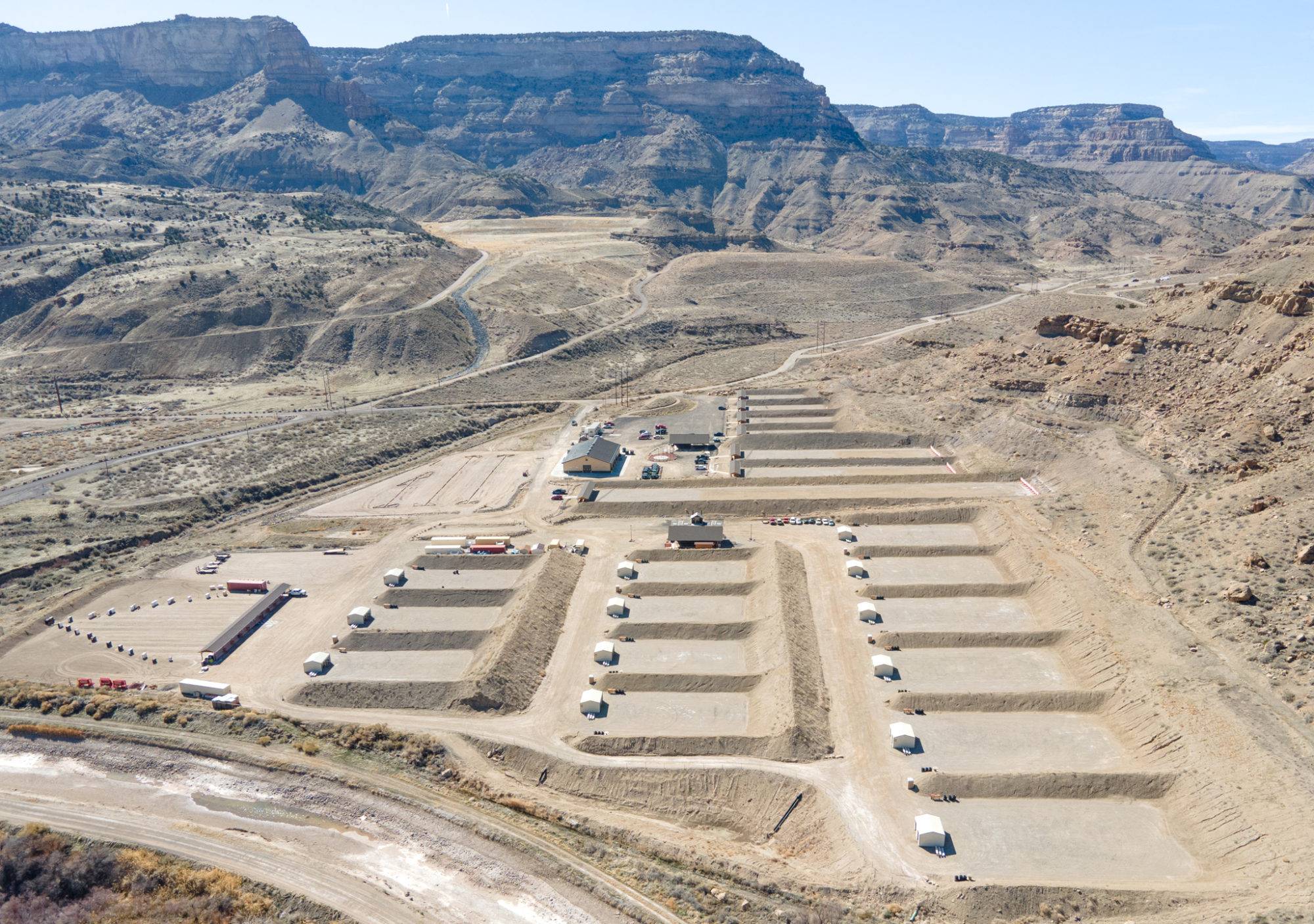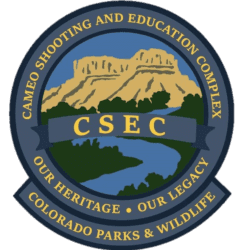It’s Unlawful to. . .
-
To sell, transfer, possess, or use a large-capacity magazine, defined below, unless the user has owned and possessed it continuously since 2013.
“Large-capacity magazine” means:
(I) A fixed or detachable magazine, box, drum, feed strip, or similar device capable of accepting, or that is designed to be readily converted to accept, more than fifteen rounds of ammunition;
(II) A fixed, tubular shotgun magazine that holds more than twenty-eight inches of shotgun shells, including any extension device that is attached to the magazine and holds additional shotgun shells; or
(III) A nontubular, detachable magazine, box, drum, feed strip, or similar device that is capable of accepting more than eight shotgun shells when combined with a fixed magazine.
- Have a loaded (having a round in the chamber) rifle or shotgun in or on a motor vehicle. ’Motor vehicle’ includes motorcycles and ATVs. Similarly, muzzleloading rifles cannot be primed (cannot have a percussion cap on the nipple or powder in the flashpan) while in or on a motor vehicle.
- Carry firearms (except handguns) on an off-highway vehicle (OHV) during deer, elk, pronghorn, and bear seasons unless they are unloaded in the chamber and magazine. Firearms (except handguns) and bows carried on an OHV must be fully enclosed in a hard or soft case. Scabbards or cases with open ends or sides are prohibited. This regulation does not apply to landowners or their agents carrying a firearm on an OHV for the purpose of taking depredating wildlife on property owned or leased by them.
- Hunt carelessly or discharge a firearm or release an arrow in a manner disregarding human life or property.
- Operate or ride on a snowmobile with a firearm unless it’s completely unloaded and cased; bows must be unstrung or cased. Compound bows must be cased, not unstrung.
- Shoot from or use a motor vehicle, motorcycle, all-terrain vehicle, snowmobile, or aircraft to hunt, harass, or drive wildlife.
- Use aircraft to hunt, to direct hunters on the ground, or to hunt the same day or day after a flight was made to locate wildlife.
- Hunt under the influence of alcohol or controlled substance.
- Use artificial light to hunt wildlife. Having a firearm with cartridges in the chamber or magazine, or loaded with powder or a ball, or a strung, uncased bow while trying to project artificial light into an area where wildlife can be found is prima facie evidence of a violation.
- Use dogs or bait to hunt bears, deer, elk, pronghorn, or moose. Bait means to put, expose, deposit, distribute, or scatter salt, minerals, grain, animal parts, or other food so as to constitute a lure, attraction, or enticement for big game on or over any area where hunters are attempting to take big game.
- Use poison, drugs, or explosives to hunt or harass wildlife.
- Leave an unattended fire that is not completely extinguished.
- Not make a reasonable attempt to track and kill an animal you wounded. If the animal goes on private property, you must contact the landowner or person in charge before pursuing it.
- Not wear at least 500 square inches of solid daylight fluorescent orange or solid florescent pink material above the waist on an outer garment while hunting deer, elk, pronghorn, bear, or moose during a muzzleloading or rifle season. Part of the fluorescent orange must be a hat or head covering visible from all directions. Camouflage orange or camouflage pink does not meet this requirement. Mesh garments are legal but not recommended. Bowhunters are not required to wear fluorescent orange during archery seasons. Colorado Parks and Wildlife strongly recommends wearing daylight fluorescent orange or florescent pink clothes in the field even if you’re not hunting. For details about the florescent pink alternative hunter safety color approved in 2016, please read the Authorized Fluorescent Pink fact sheet.
- Fail to use wildlife meat for human consumption. Internal organs are not considered edible portions.
- Shoot from, across, or on a public road with a firearm, bow, or crossbow. People firing a bow, rifle, handgun, or shotgun having a single slug must be at least 50 feet from the centerline of the road.
- Party hunt, which means to kill someone else’s game or allow someone to kill your game.
- Interfere with hunters. That includes, but is not limited to, alarming, distracting, or frightening prey; causing prey to flee by using light or noise; chasing prey on foot or by vehicle; throwing objects; making movements; harassing hunters by using threats or actions; erecting barriers to deny access to hunting areas; and intentionally injecting yourself into the line of fire. Violators face criminal prosecution and may have to pay damages to the victim, as well as court costs. Learn more on this topic by reading the Hunter Harassment page.
-
Violations That Are Felony Offenses
- Killing and abandoning big game wildlife. Taking big game, removing only the hide, antlers, or other trophy parts and leaving the carcass in the field.
- Selling, purchasing, or offering to sell or purchase big game.
- Soliciting someone to illegally take big game for commercial gain or providing outfitting services without required registration.
If convicted of these violations, you may face a life-time hunting license suspension in Colorado.
Refer to the Big Game Brochure for additional, important information and laws, rules, and regulations. You can download this and other regulations brochures from our Brochures page.

